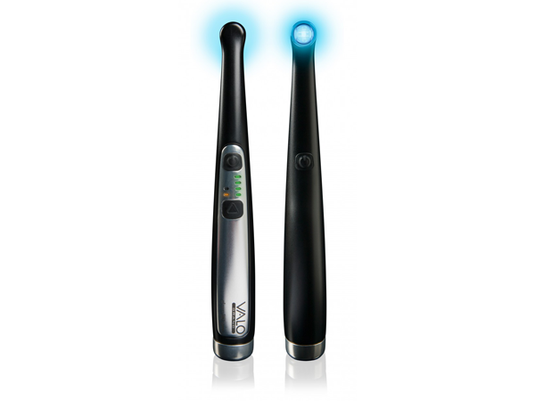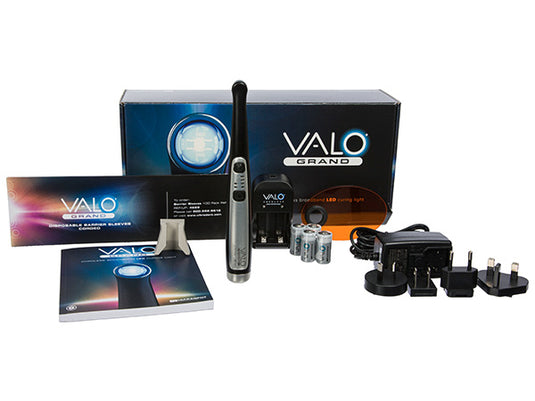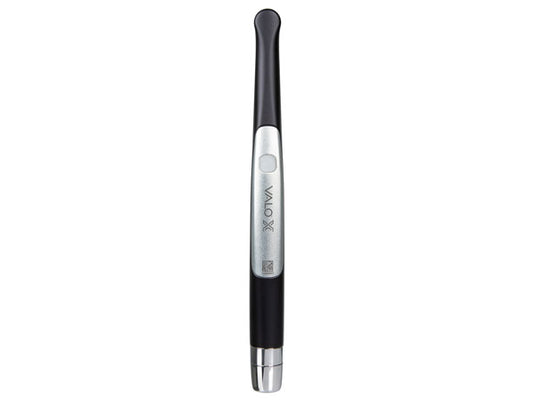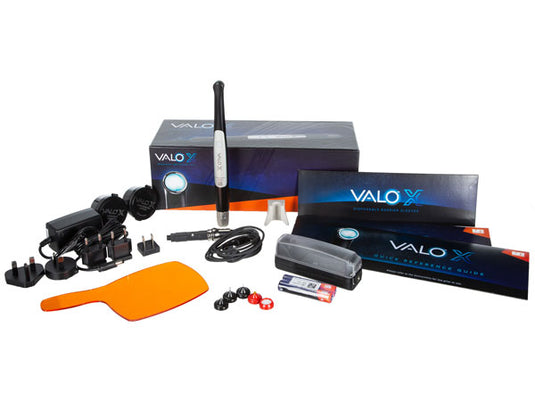Collection:
VALO LED Curing Lights
2 products
2 products
SALE
Ultradent™ VALO™ Grand LED Curing Light
Award-winning VALO™ Curing Light With a Larger 12 mm Lens
The VALO Grand curing light features everything you’ve come to love from the VALO curing light family, but with a larger lens. The 12 mm ...
SALE
Ultradent™ VALO™ X LED Curing Light Complete Kit
The VALO X curing light has been designed from the ground up to provide you with the durability, power, accessibility, and versatility you need. Its aerospace-grade aluminum construction provides e...
Use left/right arrows to navigate the slideshow or swipe left/right if using a mobile device






